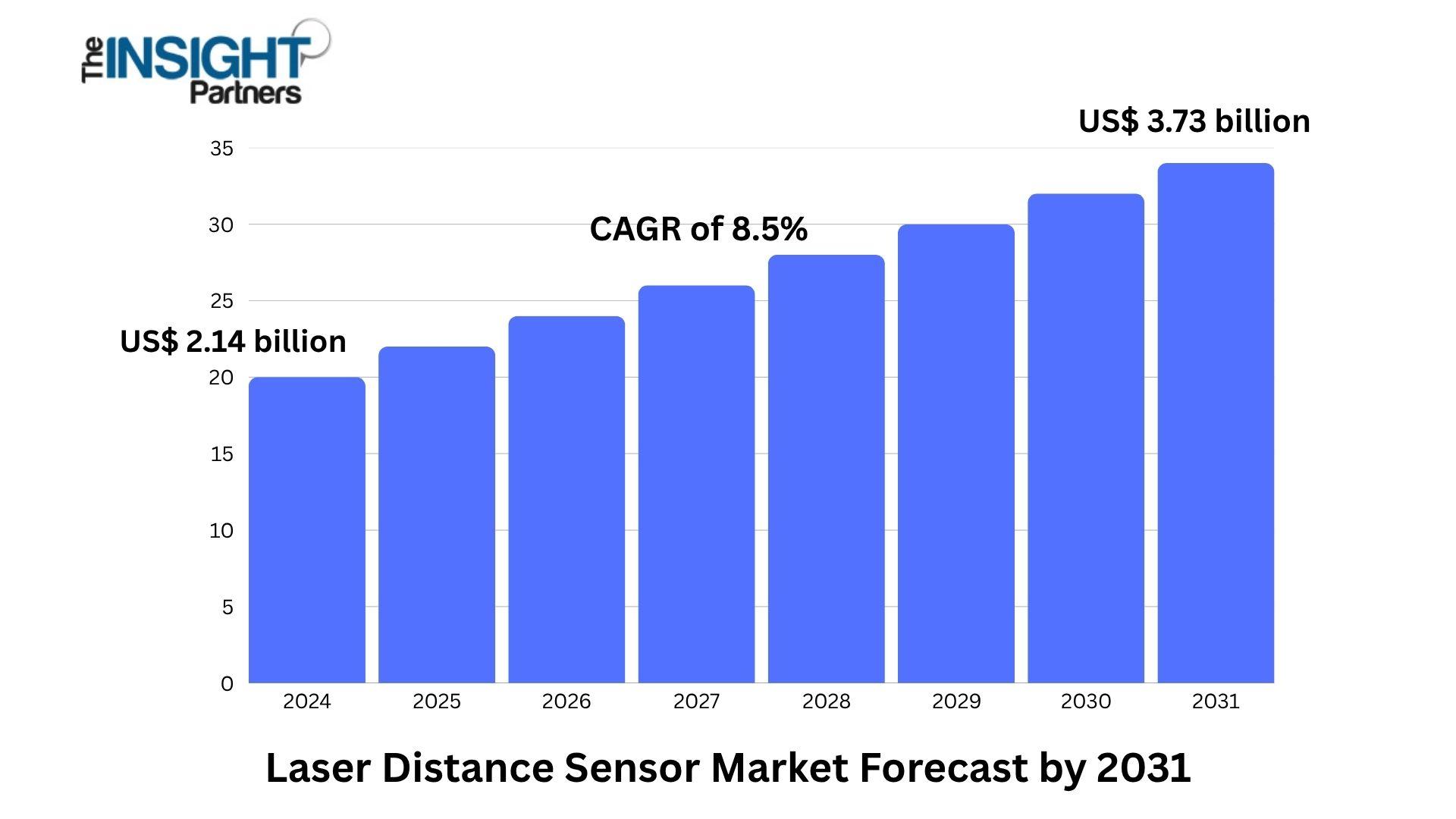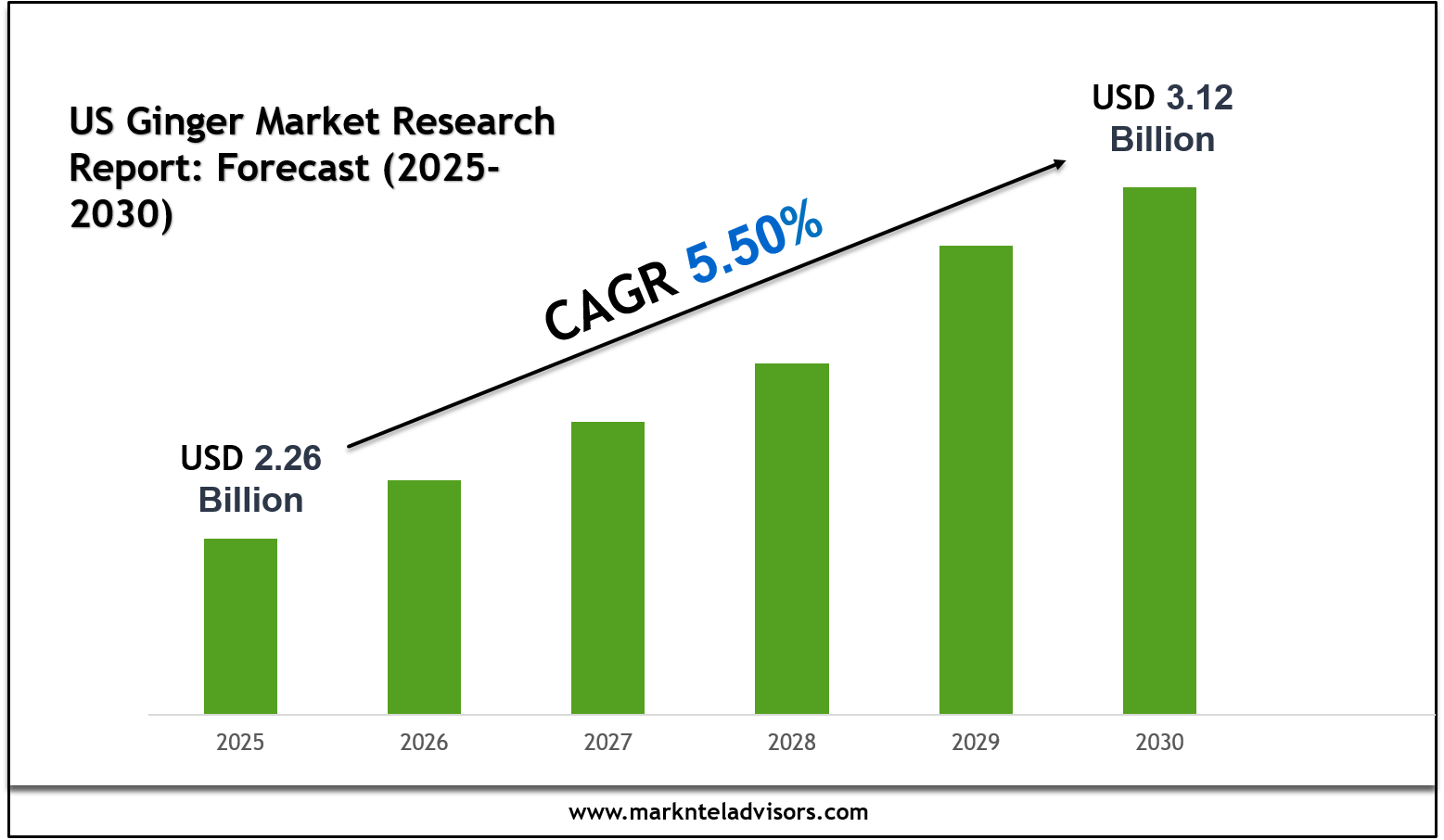Cloud Computing Market Size, Share, Key Growth Drivers, Trends, Challenges and Competitive Landscape
Executive Summary
The global cloud computing market size was valued at USD 557.66 billion in 2024 and is projected to reach USD 1,705.89 billion by 2032, with a CAGR of 15.00% during the forecast period of 2025 to 2032.
Market Overview
Definition and Scope
The Cloud Computing Market is segmented into three primary service models:
-
Infrastructure as a Service (IaaS): Provides fundamental computing resources, including virtual machines, storage, and networks. (e.g., AWS EC2, Azure VMs).
-
Platform as a Service (PaaS): Offers a development and deployment environment, providing application development tools, operating systems, database management systems, and web servers. (e.g., AWS Lambda, Azure App Service, Google App Engine).
-
Software as a Service (SaaS): Delivers software applications over the internet on a subscription basis, managed entirely by the provider. (e.g., Salesforce, Microsoft 365, Zoom).
The market is also segmented by deployment model:
-
Public Cloud: Services offered over the public internet by hyper-scale providers.
-
Private Cloud: Services dedicated exclusively to a single organization.
-
Hybrid Cloud: A combination of public and private cloud infrastructure, enabling data and applications to be shared between them.
Key Market Drivers
-
Generative AI and Large Language Models (LLMs): The development, training, and deployment of modern AI models require immense, scalable computational resources, driving unprecedented demand for PaaS and specialized IaaS (GPUs/TPUs) hosted by cloud providers.
-
Digital Transformation Mandate: The ongoing need for businesses to modernize legacy systems, automate processes, and enhance customer experience necessitates migration to the cloud for agility and reduced operational expenditure (OpEx).
-
Rise of Edge Computing: The proliferation of IoT devices and 5G networks requires processing power closer to the data source (at the network "edge"). Cloud providers are extending their platforms to the edge, increasing the market's total addressable space.
-
Cost Efficiency and Scalability: The pay-as-you-go model allows companies to scale resources instantly to meet demand spikes without massive upfront capital investment (CapEx), a critical driver for startups and seasonal businesses.
Current Dynamics
The key dynamic is the shift from simple "lift and shift" migration to complex "cloud-native" modernization. Companies are focusing less on moving old infrastructure and more on rebuilding applications using cloud-native tools (serverless, containers, managed databases) to maximize agility and minimize running costs. This accelerates the growth of the PaaS segment.
Market Size & Forecast
The global cloud computing market size was valued at USD 557.66 billion in 2024 and is projected to reach USD 1,705.89 billion by 2032, with a CAGR of 15.00% during the forecast period of 2025 to 2032.
For More Information Visit https://www.databridgemarketresearch.com/reports/global-cloud-computing-market
Key Trends & Innovations
1. Serverless and FaaS (Function as a Service)
Serverless architecture, where the cloud provider manages the entire server logic and scaling, is becoming the default for event-driven applications. This trend reduces operational overhead for developers and drives down costs by ensuring customers only pay when code is actually executing. The focus is shifting to backend-as-a-service (BaaS), abstracting even more infrastructure away from the user.
2. Generative AI as a Cloud-Native Service
Cloud providers are integrating generative AI into their service stacks, offering foundation models (LLMs) as managed APIs (Model as a Service or PaaS). This dramatically lowers the barrier to entry for businesses wanting to build AI applications, as they no longer need to provision massive GPU clusters or manage the complex training lifecycle. The competition now centers on the quality and variety of models offered (e.g., proprietary versus open-source models).
3. Hyper-Focus on FinOps (Cloud Cost Management)
As cloud spending has become a major line item on corporate balance sheets, Cloud Financial Operations (FinOps) has emerged as a crucial discipline. This trend involves consulting services, proprietary cloud provider tools, and third-party software designed to optimize cloud resource utilization, manage reservations, and provide transparent cost allocation across business units. FinOps is moving from reactive budget tracking to a proactive, engineering-driven cultural shift.
4. Digital Sovereignty and Regulatory Compliance
Driven by geopolitical concerns and regulations like Europe’s GDPR and China’s Cyber Security Law, many countries are demanding that certain data reside within national or regional borders (Data Residency). This has spurred cloud providers to build specific Sovereignty Clouds (or government-grade cloud regions) that are physically and logically segregated to meet strict regulatory and jurisdictional requirements.
Competitive Landscape
The Cloud Computing Market is an oligopoly dominated by the "Big Three" hyper-scale providers, which compete fiercely on service breadth, geographic reach, and pricing strategy.
Major Players and Strategic Focus
|
Category |
Key Vendors |
Core Strategy |
|---|---|---|
|
Hyper-Scale Leaders (The Big Three) |
Amazon Web Services (AWS), Microsoft Azure, Google Cloud Platform (GCP) |
Focus on total end-to-end platform breadth (IaaS, PaaS, SaaS), deep AI/ML integration, and massive investment in global data center regions and submarine cables. |
|
SaaS Dominators |
Salesforce, SAP, Oracle |
Leveraging cloud infrastructure for their industry-specific application suites, focusing on vertical integration and data analytics within their respective domains (CRM, ERP). |
|
China-Based Hyper-Scalers |
Alibaba Cloud, Huawei Cloud, Tencent Cloud |
Strong focus on securing market share within the APAC region, particularly for serving local government contracts and large Chinese MNCs expanding globally. |
Competitive Strategies
-
AI Services Race: The battleground has definitively shifted from storage capacity to AI capability. Providers are competing on the performance of their specialized silicon (AWS Inferentia/Trainium, Google TPUs) and the ease with which developers can access and fine-tune large models.
-
Vertical Integration and Industry Clouds: Offering specialized "Industry Clouds" (e.g., Healthcare Cloud, Financial Services Cloud) that include pre-built compliance templates, regulatory tooling, and industry-specific AI models to accelerate sector-specific transformation.
-
Pricing and Commitment Flexibility: Using aggressive discounting, reserved instance models, and long-term commitment contracts to lock in large enterprise customers and encourage high-volume usage.
Regional Insights
North America (NA)
-
Performance: The largest and most mature market, serving as the global innovation hub for cloud technologies.
-
Drivers: Massive corporate spending on digital transformation, the concentration of tech giants, and the early adoption of high-cost services like GenAI and specialized PaaS.
-
Opportunity: Growth in migrating highly regulated industries (finance, government) to cloud environments and strong demand for advanced security and compliance tools.
Europe (EU)
-
Performance: High-growth market strongly governed by regulations.
-
Drivers: Strict adherence to GDPR and the rapid development of regulations like the EU AI Act and the Digital Operational Resilience Act (DORA), mandating data locality and robust security frameworks.
-
Opportunity: High demand for hybrid and sovereign cloud solutions, enabling local enterprises and public sector organizations to meet compliance mandates.
Asia Pacific (APAC)
-
Performance: The fastest-growing regional market, characterized by rapid leapfrogging of traditional IT infrastructure.
-
Drivers: Massive increases in internet penetration, strong government backing for digitalization initiatives (e.g., Digital India), and the rapid expansion of local hyper-scalers (Alibaba, Tencent).
-
Opportunity: Significant potential in developing localized, cost-effective solutions for small and medium enterprises (SMEs) and rapid expansion into emerging markets like Southeast Asia.
Challenges & Risks
1. Cloud Cost Sprawl (FinOps Failure)
The primary risk is uncontrolled cloud spending. Without sophisticated FinOps governance, the ease of provisioning resources leads to wastage, "zombie resources," and cost overruns, undermining the original goal of cost efficiency.
2. Security and Compliance Complexity
While cloud infrastructure is inherently secure, misconfiguration is the leading cause of security incidents. Managing consistent security and compliance across complex multi-cloud deployments requires highly skilled teams and specialized security tooling, creating a major talent and operational hurdle.
3. Vendor Lock-In
Deep reliance on a single hyper-scale PaaS ecosystem (e.g., proprietary database services, specific ML pipelines) makes it extremely costly and difficult to switch providers, potentially limiting competitive leverage and driving up long-term costs.
4. Interoperability in Multi-Cloud Environments
Managing workload portability and consistent network/security policies across two or more major cloud providers (multi-cloud strategy) requires a substantial investment in tools like Kubernetes and specialized management platforms, increasing complexity for IT operations teams.
Opportunities & Strategic Recommendations
Opportunities
-
Sustainable Cloud Computing (Green Cloud): The focus on decarbonization presents an opportunity for providers to aggressively market the reduced carbon footprint of their optimized, energy-efficient data centers compared to legacy on-premise infrastructure.
-
Cloud-Enabled Quantum and High-Performance Computing (HPC): Offering niche, high-value services that democratize access to next-generation compute technologies (Quantum/HPC) via the cloud, enabling specialized R&D in materials science and pharmaceutical development.
-
Data Observability and Governance: A massive opportunity exists for solutions that provide complete, unified visibility and automated governance over data lakes, data meshes, and AI model lineage across multi-cloud environments, addressing the current complexity and compliance challenges.
Strategic Recommendations
|
Stakeholder Group |
Strategic Recommendation |
|---|---|
|
Hyper-Scale Providers (AWS, Azure, GCP) |
Democratize AI for the Edge: Focus on building lighter-weight, deployable AI/ML models and inferencing tools that can be run efficiently on small, cost-effective devices at the network edge, capturing massive IaaS demand from the IoT sector. |
|
Enterprise IT Leaders |
Institutionalize FinOps: Immediately establish a dedicated FinOps team, integrate cost management into engineering deployment pipelines (shifting responsibility left), and invest in automated tooling to prevent cost overruns, maximizing ROI on cloud spend. |
|
Startups and Mid-Market SaaS |
Focus on Multi-Cloud Abstraction: Develop services that act as an abstraction layer over the Big Three (e.g., specialized databases, security dashboards, or deployment tools). This avoids vendor lock-in risk for clients and offers a unified interface. |
|
Investors & Private Equity |
Target Managed Services and Security: Allocate capital to Managed Service Providers (MSPs) and security firms specializing in cloud-native security posture management (CSPM) and AI-driven cost governance, as these are the high-margin operational pain points of rapid cloud adoption. |
Browse More Reports:
Global Tularemia Market
Global Esthetic Dental Restoration Products Market
Global Pine-Derived Chemicals Market
Global MLOPs Market
Global Delivery Robots Market
Global Mobile Money Market
Global Personal Emergency Response System Market
Global Laminated Busbar Market
Global Temperature Sensor Market
Global Smart Payment Systems Market
Middle East and Africa Feed Flavors Sweeteners Market
Global Aromatherapy Market
Global Mouth Freshener Market
Global Automotive Human-Machine Interfaces (HMI)Market
Global Payment Wallet Market
Global Polyimide Films Market
Asia-Pacific Wind Turbine Pitch System Market
Global Reflective Films Packaging Market
Global Tumor Infiltrating Lymphocytes Market
North Americal Heavy Metals Testing Market
Asia-Pacific Intensive Care Unit (ICU) Ventilators Market
Global Pet Diaper Market
Global Tonometers Market
Global Monorail Market
Global Meat Stabilizer Market
Global Photophobia Drug Market
Global Medicated Feed Additives Market
North America Specialty Gas Market
Global Perrault Syndrome Treatment Market
Asia-Pacific Topical Corticosteroids Market
Global Electric Kick Scooters Market
About Data Bridge Market Research:
An absolute way to forecast what the future holds is to comprehend the trend today!
Data Bridge Market Research set forth itself as an unconventional and neoteric market research and consulting firm with an unparalleled level of resilience and integrated approaches. We are determined to unearth the best market opportunities and foster efficient information for your business to thrive in the market. Data Bridge endeavors to provide appropriate solutions to the complex business challenges and initiates an effortless decision-making process. Data Bridge is an aftermath of sheer wisdom and experience which was formulated and framed in the year 2015 in Pune.
Contact Us:
Data Bridge Market Research
US: +1 614 591 3140
UK: +44 845 154 9652
APAC : +653 1251 975
Email:- corporatesales@databridgemarketresearch.com
"




